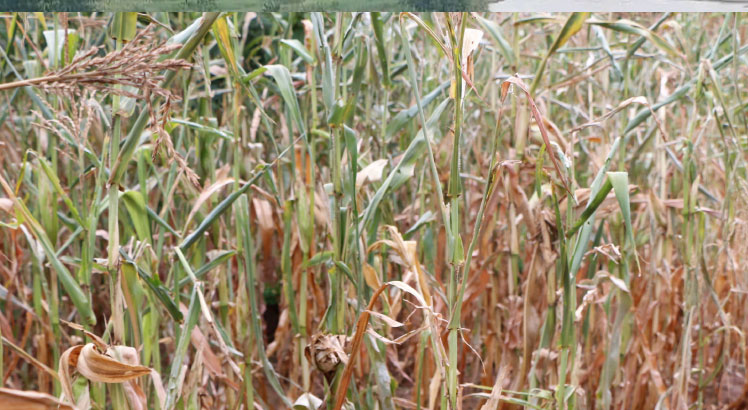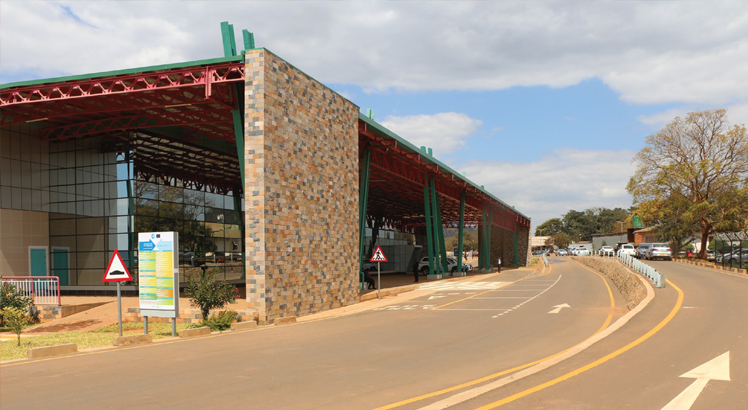IMF to review 2021 growth rate in Q2
The International Monetary Fund (IMF)says it will review the country’s economic growth rate for 2021 in the second quarter (Q2) of this year.
IMF resident representative for Malawi Farayi Gwenhamo said this in a written response on Tuesday when asked to provide the fund’s real gross domestic product (GDP) growth rate forecast for Malawi for 2021.
She said IMF had previously revised the growth projection to 2.2 percent from 2.5 percent at the time of the second Rapid Credit Facility (RCF) in October 2020.

During the second RCF, IMF disbursed an additional $101.96 million (about K80 billion) which brought the fund’s total Covid-19 emergency support to Malawi to $193 million (about K151 billion) to help the country fill up external financing gap and provide the fiscal space to address critical spending needs in the wake of the pandemic.
“We will review the growth projection in the context of the IMF mission expected to take place in the second quarter of 2021,” said Gwenhamo.
However, the 2.1 percent initial growth projection by the IMF is 1.4 percentage points lower than Malawi Government’s projection of 3.5 percent to be attained by December 2021.
Minister of Finance Felix Mlusu is keeping his fingers crossed to achieve a 3.5 percent GDP growth rate, which is higher than the 0.9 percent growth rate realised in 2020.
He said: “A preliminary GDP growth rate for 2021 is forecasted at 3.5 percent. This is largely on account of the normal to above normal rains that this country has received so far although localised dry spells are being experienced in some districts mostly in the Southern and Eastern regions of Malawi.”
Giving his perspective on the growth projections by both IMF and government in an interview this week, economist Milward Tobias said most key driving sectors of growth will register a decline this year.
“Without saying who is making the correct projection between IMF and Malawi Government, it is evident that except agriculture sector, public administration and defense, most of the growth sectors, including manufacturing, construction, wholesale and retail are likely to register a decline,” he said.
Tobias, who is also executive director of Centre for Research and Consultancy, said growth driven by maize output is of low value with weak backward and forward linkages.
“It is, therefore, growth that does not significantly pull up other sectors besides helping to moderate and lower inflation,” he said.
Last week, economist Donasius Pathera, projected that by 2022, the country’s economy is expected to rebound to pre-Covid-19 levels.





